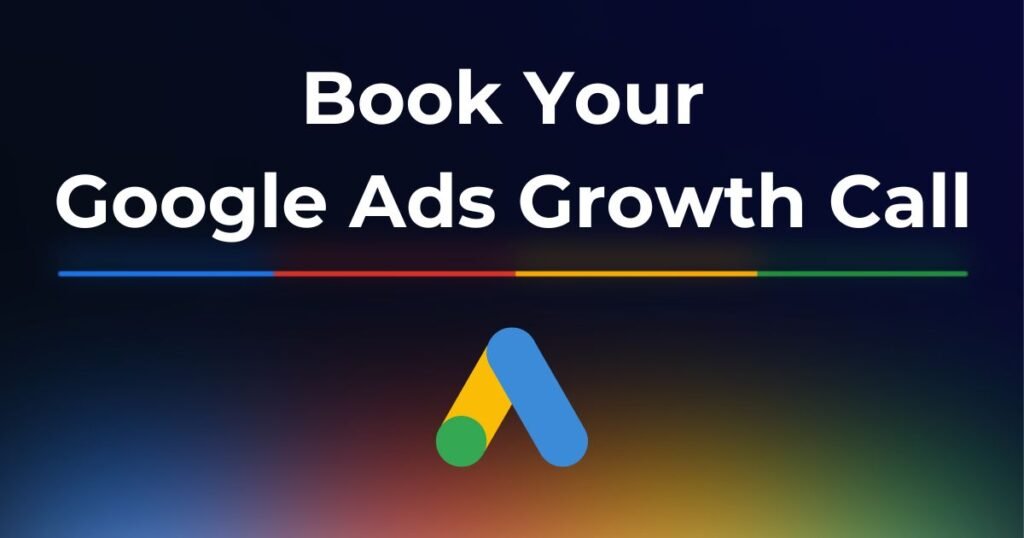Running Google Ads for your e-commerce business without a strategy is like pouring water into a leaky bucket. You might spend a lot and see little return. But when you know how to set up and optimize Google Ads for Shopify stores, you create a profitable, scalable sales engine.
This guide is based on six years of real experience. It helps you launch and scale your campaigns step by step. From product feed optimization to using AI in Google Ads, here’s how to make your e-commerce store thrive.
1.1 Connect Shopify to Google Ads: The Smart Way to Start
Before launching any campaigns, your first move should be setting up the essentials. That means syncing your Shopify store with Google Merchant Center and Google Ads.
Why? Because this trio forms the backbone of your ad infrastructure. Your product data moves from Shopify to Merchant Center. There, it gets approved. Then, it goes to your Google Ads account for your campaigns.
Pro Tip: Use the free Google and YouTube app in Shopify. It syncs your product feed automatically for a smooth experience. This ensures real-time updates and compliance.
1.2 Crafting High-ROI Google Shopping Campaigns
Launching a Google Shopping campaign without testing is a gamble. Start with a simple shopping campaign to test all your products. This testing phase, usually 7-14 days, helps identify which products convert best.
You can segment products by collection, tags, or SKUs. This matters more if you’re running a general Shopify store vs. a niche store. Budget also plays a role in determining your structure.
Pro Tip: Group products by performance and adjust bids based on results. Pause low-performers early to allocate budget to winning items.
1.3 From Clicks to Sales: Optimizing Your Google Ads for Conversions
Clicks are only half the story. To drive real revenue, you need a proper conversion tracking setup and the right bidding strategy.
Start with “Maximize Conversions” to gather data, then transition to a “Target ROAS” strategy. This tells Google to optimize based on your return goals, not just the number of sales.
Pro Tip: Here Proven Google Shopping Ad Strategies to turn clicks into customers.
1.4 Scaling Your Ecommerce Store with Performance Max & Display Ads
Once you identify winning products, it’s time to scale. Move top performers to their own campaigns and give them more budget. This isolates data and lets Google’s algorithm work its magic.
Layer in Performance Max campaigns and dynamic display ads. These leverage Google’s AI to target users across Search, YouTube, Gmail, and more—maximizing your reach.
Pro Tip: Use top-notch user-generated content (UGC) in your display and YouTube ads. This boosts engagement and builds trust.



